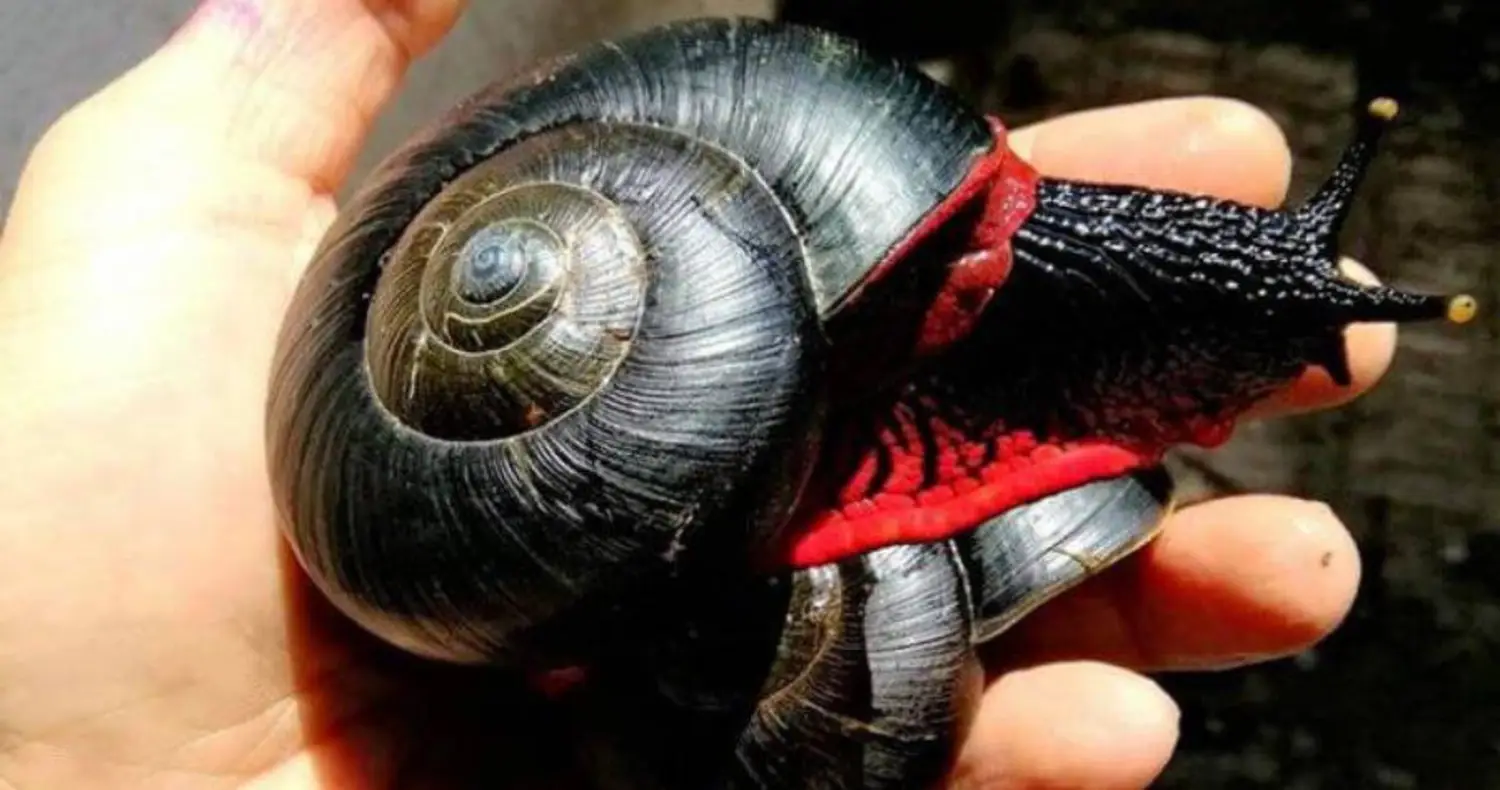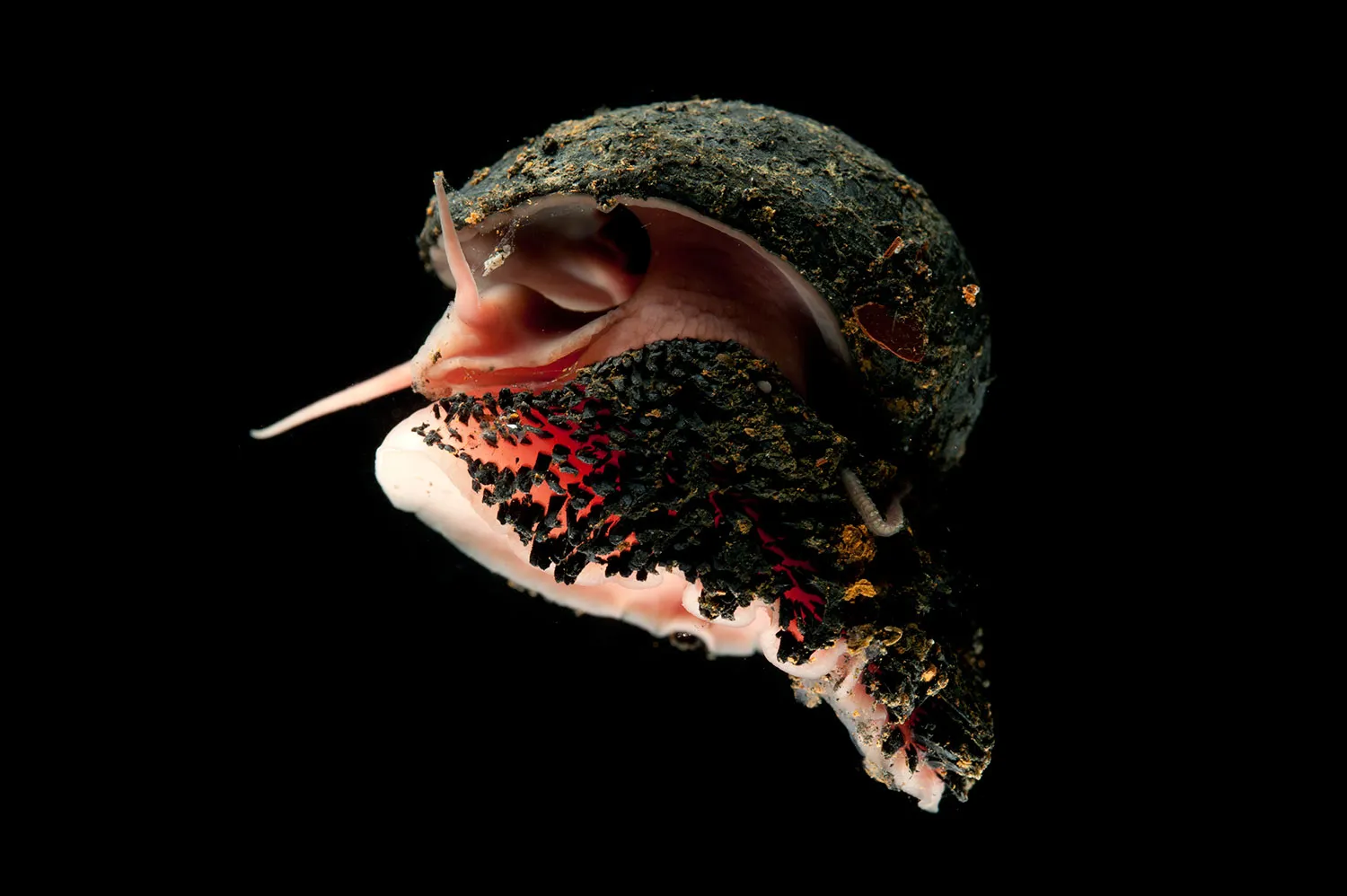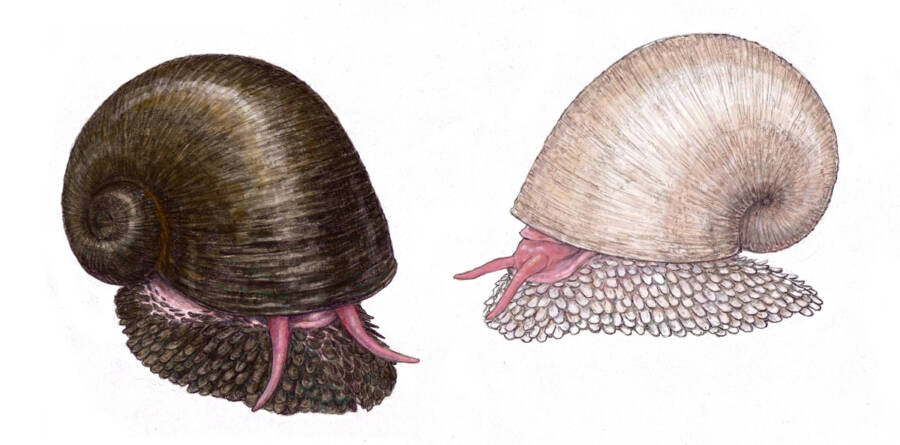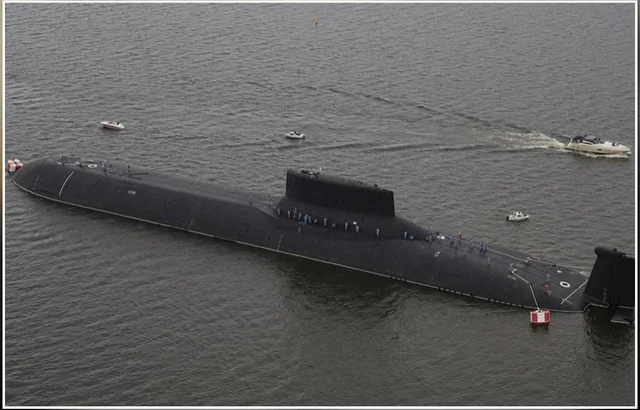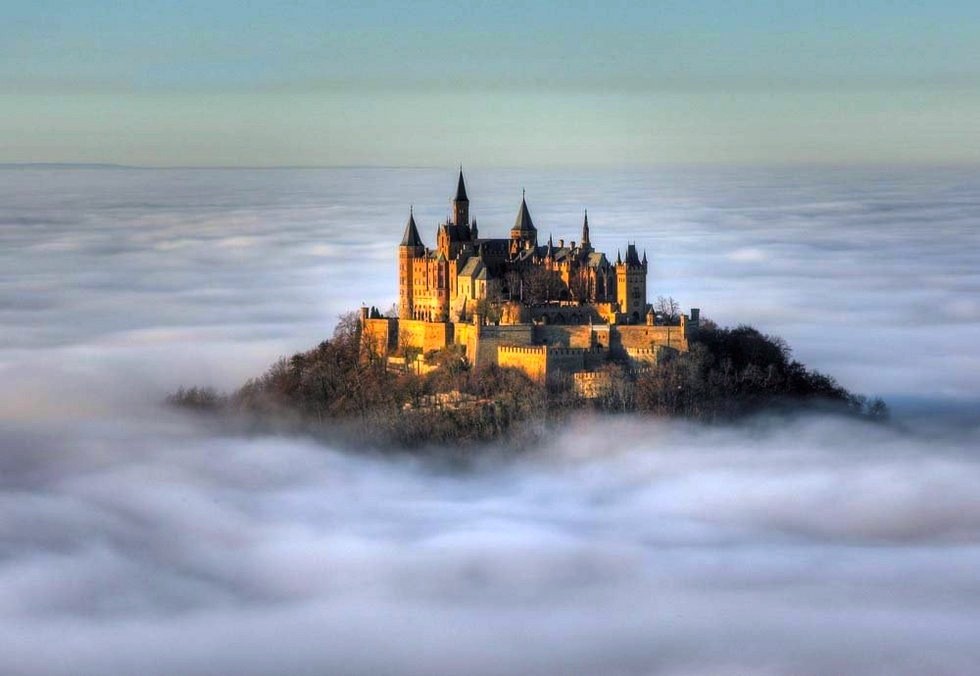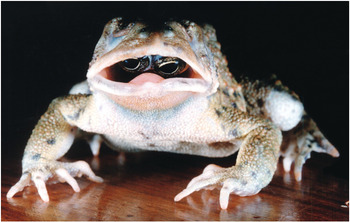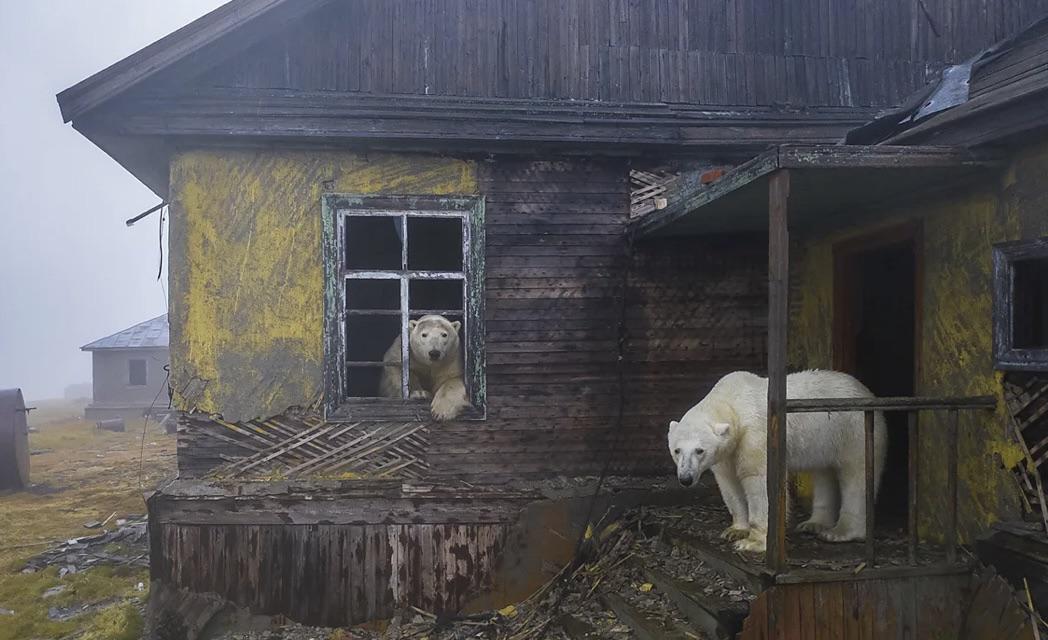In the dark depths of the ocean, where temperatures would instantly destroy most forms of life, a remarkable creature defies all expectations. Volcano snails, scientifically known as the scaly-foot gastropod or Chrysomallon squamiferum, represent one of the most extraordinary examples of life’s adaptability on our planet. Living around hydrothermal vents where temperatures can soar to an almost unimaginable 750°F, these snails have evolved extraordinary adaptations that challenge our very understanding of biological survival.
Discovered in the Indian Ocean’s deep-sea hydrothermal vent systems, these snails inhabit an environment that seems completely incompatible with life. Located along the Southwest Indian Ridge, these volcanic underwater landscapes are characterized by extreme temperatures, immense pressure, and a chemical composition that would be toxic to most living organisms. Yet, the volcano snail thrives in this seemingly impossible ecosystem.
Hydrothermal vents are essentially underwater volcanic fissures where superheated water erupts from the ocean floor. These vents create localized ecosystems that are entirely independent of sunlight and surface conditions. The water surrounding these vents can reach temperatures high enough to melt lead, with toxic chemicals spewing from the Earth’s crust. It is in this extraordinary environment that the volcano snail has not just survived, but evolved into a marvel of biological engineering.
Perhaps the most remarkable feature of the volcano snail is its shell, which is uniquely composed of iron sulfides. This is unprecedented in the animal kingdom – a living creature that quite literally builds its home from metal. The shell is a complex, multi-layered structure that provides extraordinary protection against the extreme conditions of its habitat.
The snail’s shell consists of three distinct layers:
- An outer layer made of iron sulfide minerals
- A middle layer of organic material
- An inner layer of aragonite (a form of calcium carbonate)
This unique composition not only provides unprecedented protection but also serves as an advanced thermal and chemical defense mechanism. The iron sulfide layer acts as a form of living armor, protecting the snail from the extreme temperatures and toxic chemicals of its environment.
The volcano snail’s adaptations go far beyond its metallic shell. These creatures have developed specialized symbiotic bacteria that live within their tissues, helping them process the toxic chemicals present in their environment. These bacteria essentially convert the toxic sulfur and metal compounds into usable energy, allowing the snails to survive where no other complex organism could.
Their survival strategy is a testament to the incredible resilience of life. In an environment that would instantly kill most organisms, these snails have not just survived but created a complex ecosystem around hydrothermal vents. They represent a form of life so alien to our typical understanding that they seem almost like creatures from another planet.
For scientists, volcano snails are more than just a biological curiosity. They provide crucial insights into:
- Extreme forms of life and biological adaptation
- Potential strategies for life in harsh environments
- The potential for life on other planets with extreme conditions
- Advanced materials science, inspired by the snail’s unique metallic shell
Researchers are particularly interested in how these creatures can metabolize toxic chemicals and construct a metallic shell, hoping to apply these insights to fields ranging from medicine to materials engineering.
The volcano snail challenges our fundamental understanding of life’s limits. If these creatures can survive in an environment that seems utterly incompatible with life, what other extraordinary forms of existence might be possible? They suggest that life is far more adaptable and resilient than we previously imagined.
As we continue to explore our planet’s most extreme environments, the volcano snail stands as a remarkable reminder of nature’s incredible capacity for innovation and survival. In the darkest, hottest, most toxic corners of our world, life finds a way – and sometimes, that way is more extraordinary than we could ever imagine.
